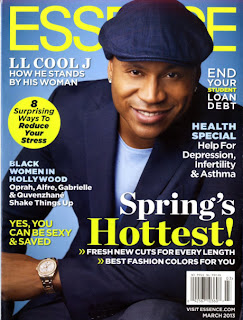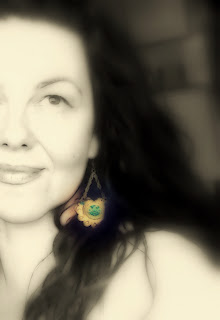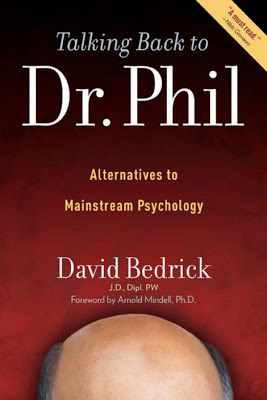This is why hip-hop icons like LL Cool J tweet positive quotes - by Aberjhani

The ever-popular LL Cool J on the March 2013 cover of ESSENCE Magazine . “What I’m sowing today, I be reaping tomorrow So here’s some joyful bars, to replace your sorrow.” --LL Cool J (from Old School New School ) It was very difficult not to laugh when reading Robbie Ettelson’s satirical rant, “Being Positive is for Chumps,” in last week’s online Acclaim Magazine , against celebrity rappers for their inspiration-oriented tweets. In fact, I’ll admit it. Even though the sarcastic tirade was based in large part on a quote from The River of Winged Dreams , the subtitle of the piece almost sent me rolling on the floor: “If Robbie of Unkut comes across one more inspirational tweet from a rapper he's going to vomit rainbows.” At the same time, I smiled at the realization that the quotes which apparently have threatened to turn Robbie’s tummy inside out were often, for the rappers who shared them, not just quotes at all. They were testimonials to w

